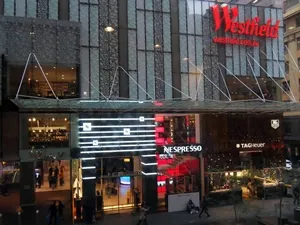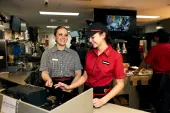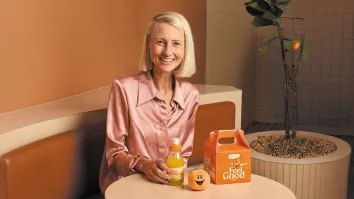
Despite downtrend, international cuisine QSRs flock to retail spaces
In this series we take a closer look at the Property sector within QSR retailing. What are the trends, who is doing well? Read this special report to find out.
Malls are seeing a surge of restaurants that cater to younger Australians hungry for global gastronomy.
Despite an increased caution among consumers, retail spending still accounted for around 32% of household consumption, according to a 3Q11 report from Colliers International. The same data showed that non-discretionary retail spending on food, as well as visits to cafes and restaurants, have been holding up.
With the appetite for eating out going strong, particularly in major urban centres, QSR’s must have sensed it was a good time as any to push through with the fad of the moment – fusion concept eateries.
“There is considerable amount of interest in the market for QSR’s,” said Hilton Hedley, Director of Retail Leasing, Colliers International. “The volume of enquiries we are receiving from QSR’s, while always high, it has gone ballistic in the last 12 months.”
“The industry is moving in leaps and bounds in terms of emergence of new concepts. Different styles of cuisines are taking on a new lease of life – from Greek food to Lebanese,” said Hedley.
“The restaurants are no longer on the outskirts of the Central Business District, rather new concepts, designed at reaching a younger demographic are opening in prime retail hubs. Predominately international cuisines, locally driven – very multicultural with a very large focus on fusion style food,” added Hedley.
Hedley suggested two reasons for this increasingly global palate: “Australia is growing as a food society and with this comes the willingness to trial edgy food concepts. This is also the result of the increased ease of access to fresh and unique produce,” said Hedley.
Special Ingredient: The Celebrity Chef
What’s an international cuisine restaurant without an internationally renowned chef?
That seems to be a popular question these days, as more and more QSR’s tie up with popular celebrity chefs. And more often than not, the seeking goes both ways, as celebrity chefs yearn to associate their personal brand to the latest “it” restaurant.
“The concept of the celebrity chef has led to a number of chefs wanting to grow their brand through the launch of the next best restaurant,” said Hedley of Colliers.
“Consumers are now wanting to spend their money on experiences rather than on things like fashion, which has resulted in an influx of the number of people eating out – basically more people are eating out which provides opportunities for chefs to capture a market,” added Hedley.
More Food in the Retail Mix
The resilient performance of restaurants among malls and other retail centres has not gone unnoticed among property landlords.
Westfield Group, an Australian shopping centre group, said its 1oth largest centre Westfield Sydney has been attracting a lot of retail dining clients.
“Centres like Westfield Sydney have a premium food offer that accounts for around 50% of all traffic to the centre,” said Julia Clarke, Manager Corporate Affairs, Westfield Ltd. “Food has always been an important part of the offer at Westfield centres, and increasingly so as shoppers come to malls not only for traditional retail but for lifestyle, entertainment and leisure.”
Westfield said expanding its retail mix to include more food offerings is a winning strategy, not only in Australia, but for the rest of its centres worldwide. “In the United States, Westfield has been adding more food to its malls – both through dining and fresh food precincts – slowly shifting the retail mix of its centres there,” said Clarke.
























